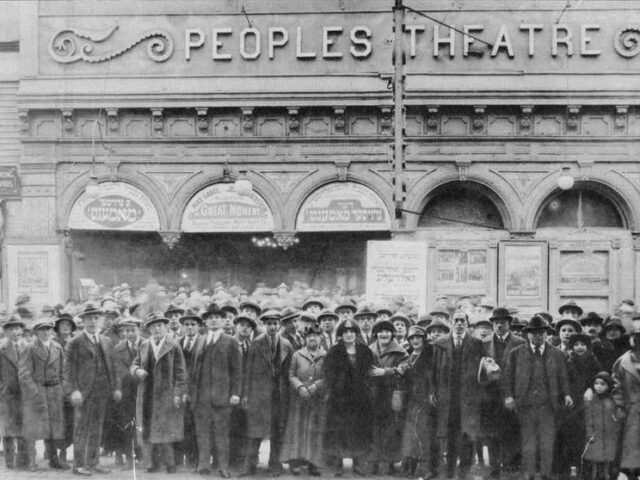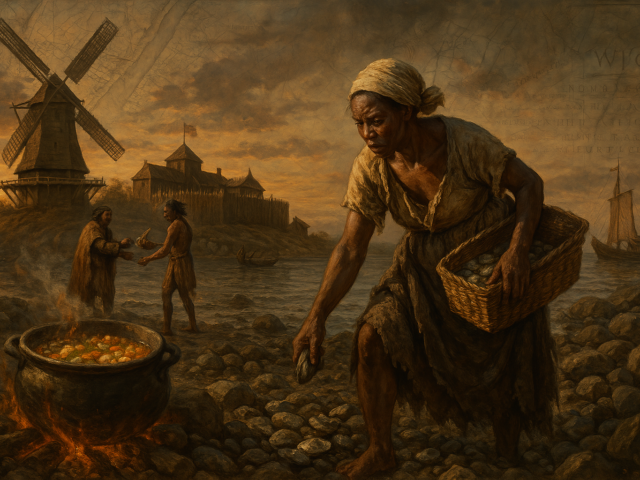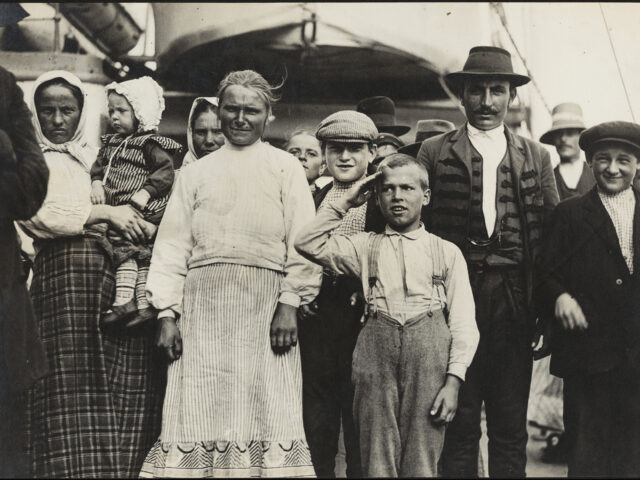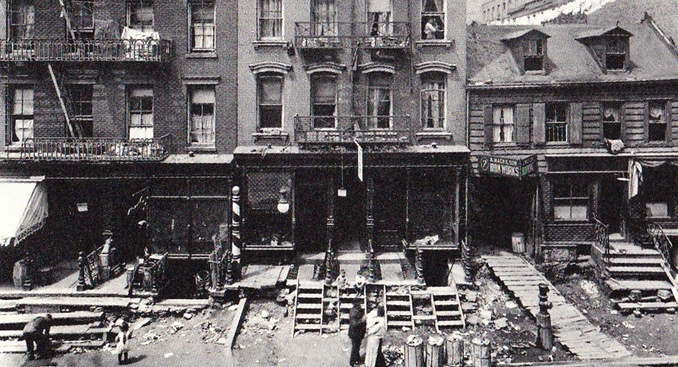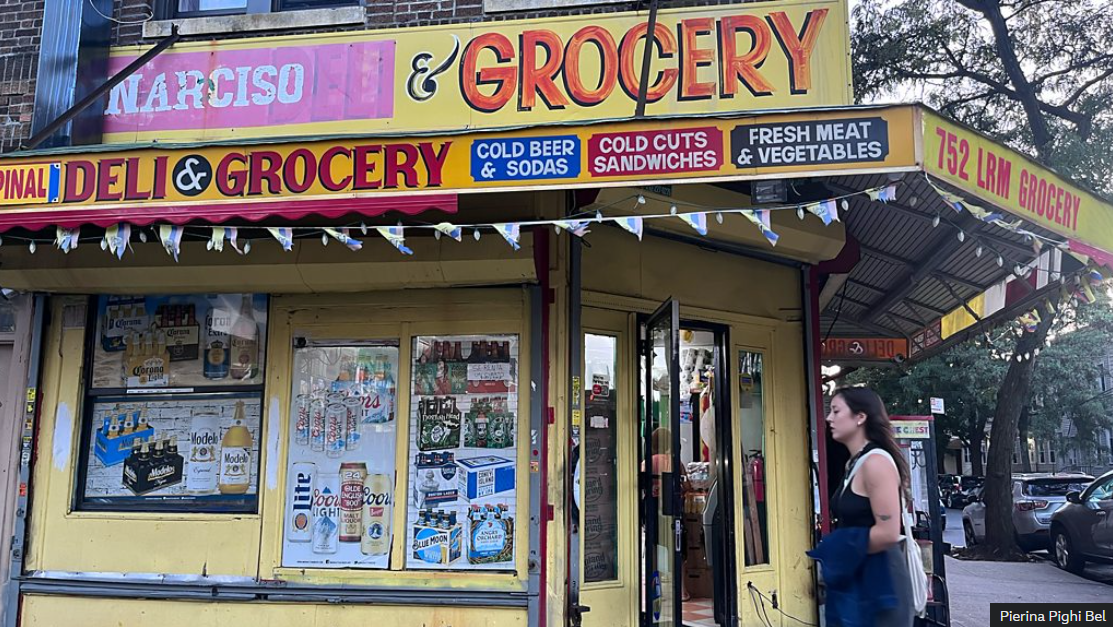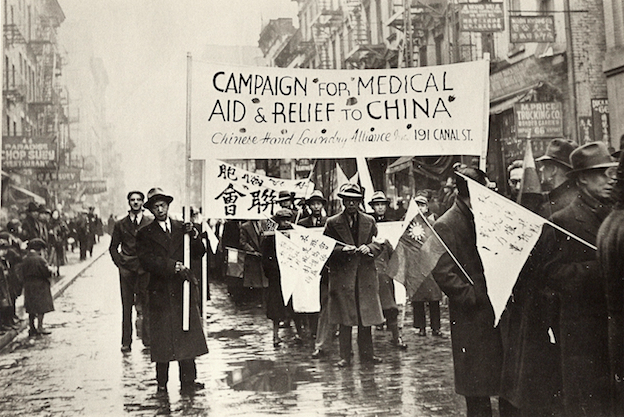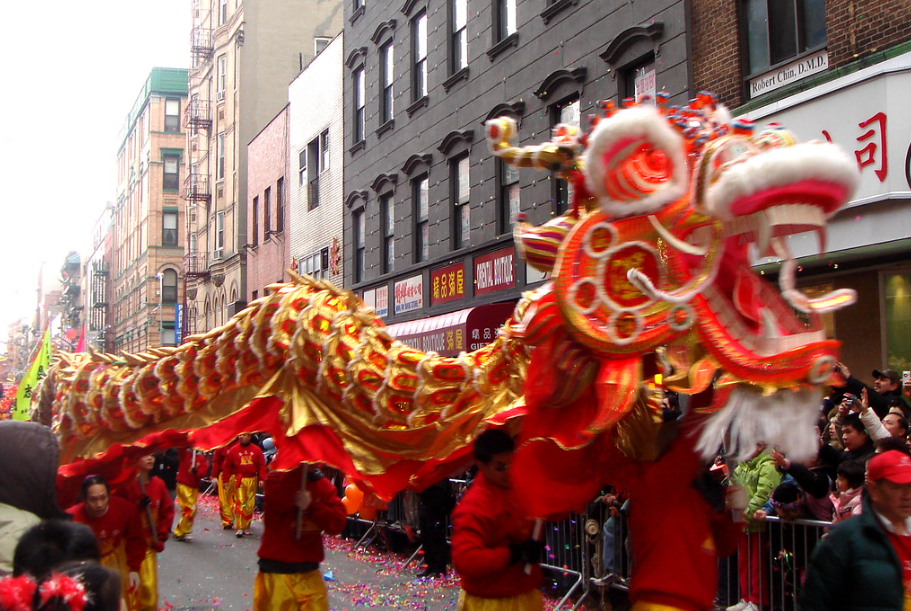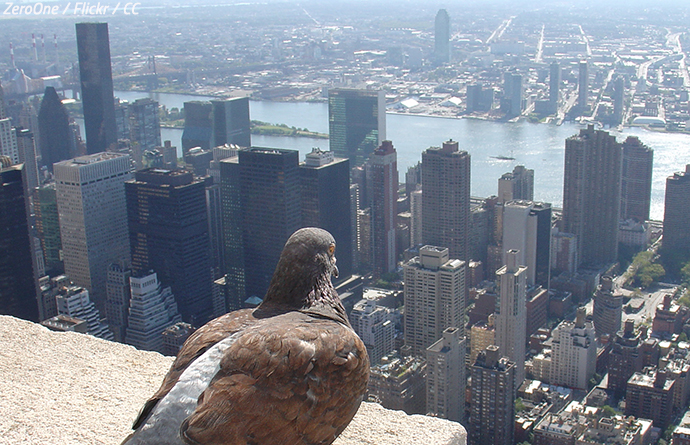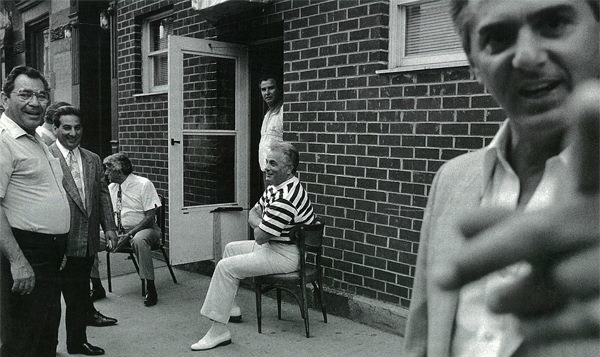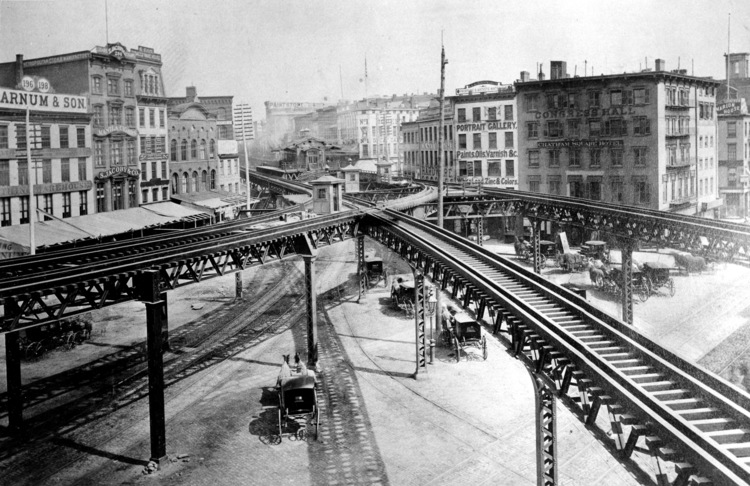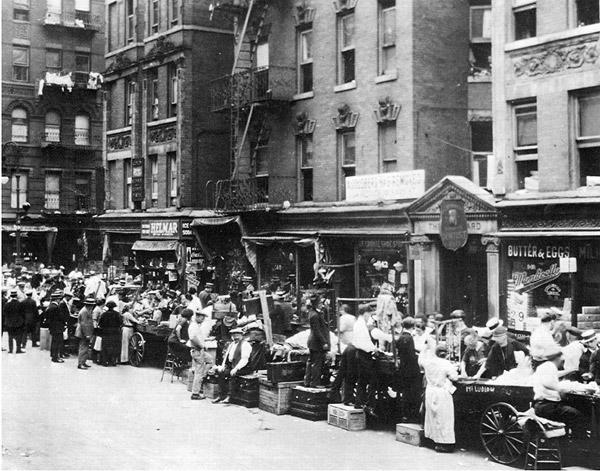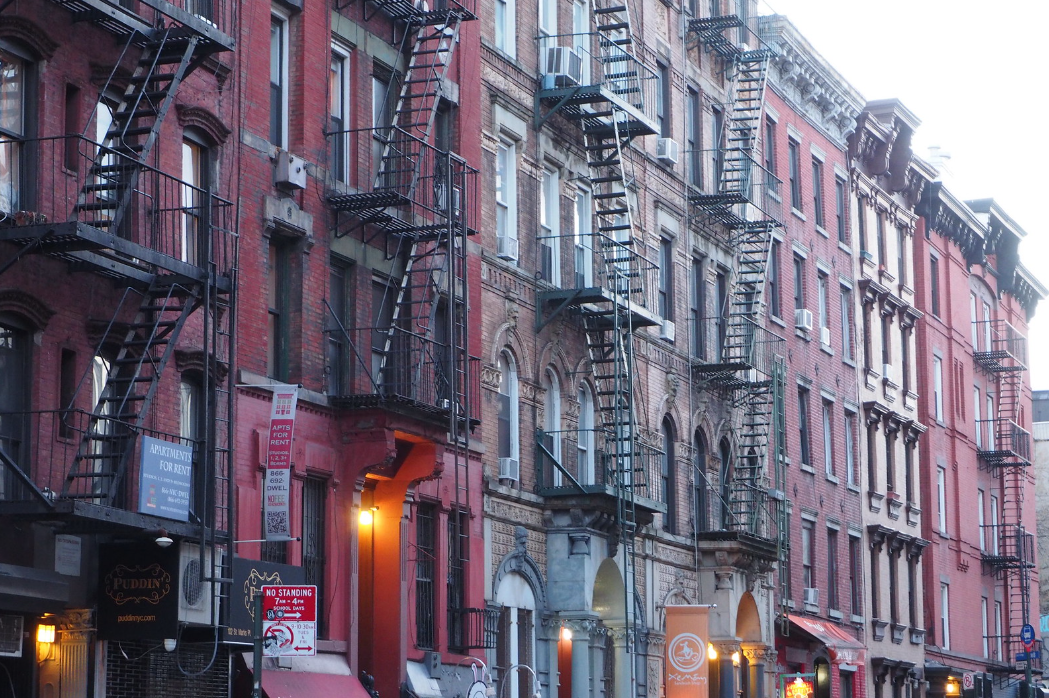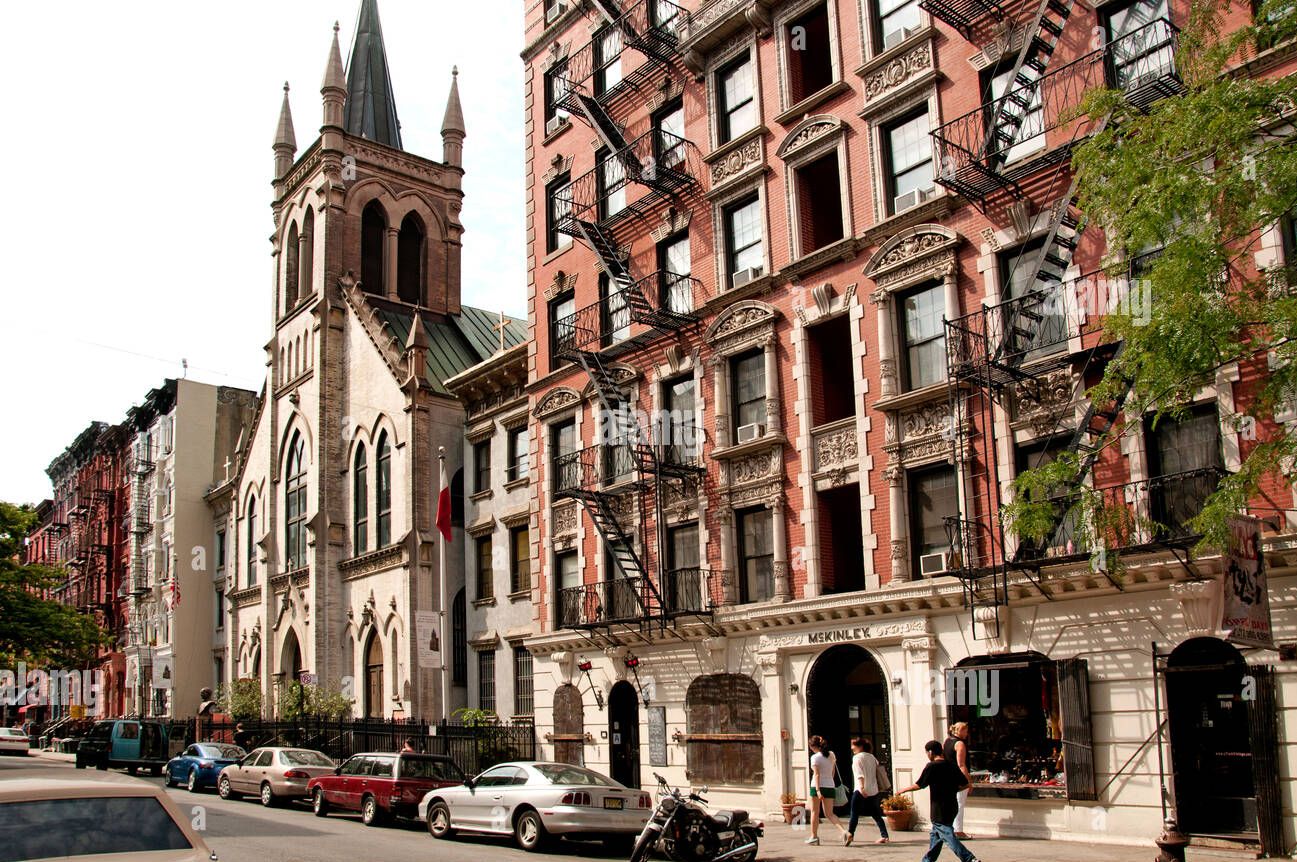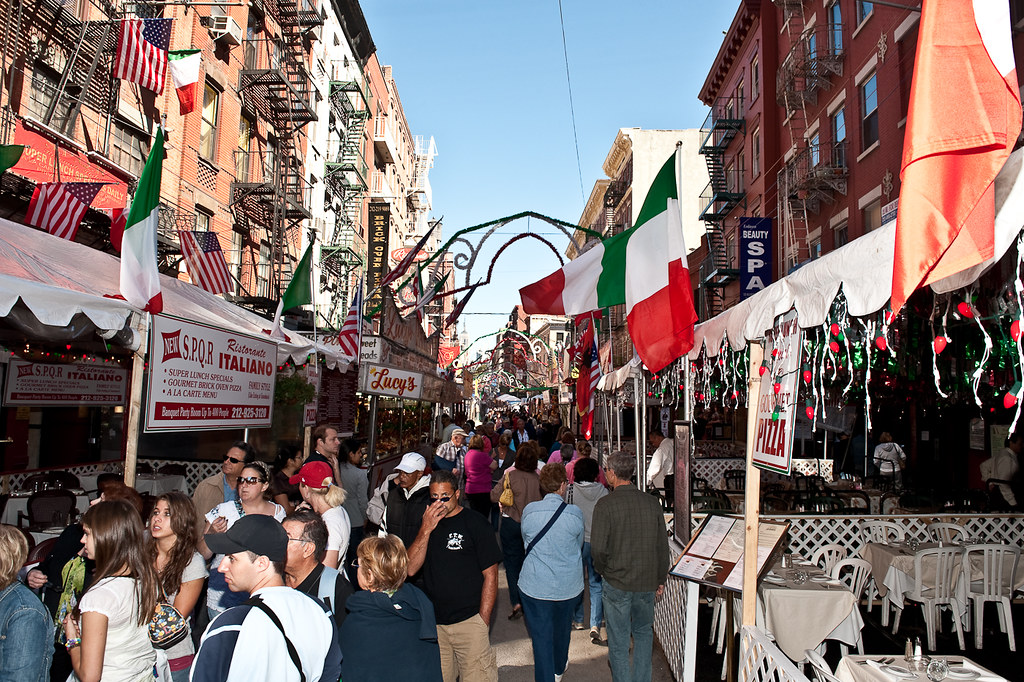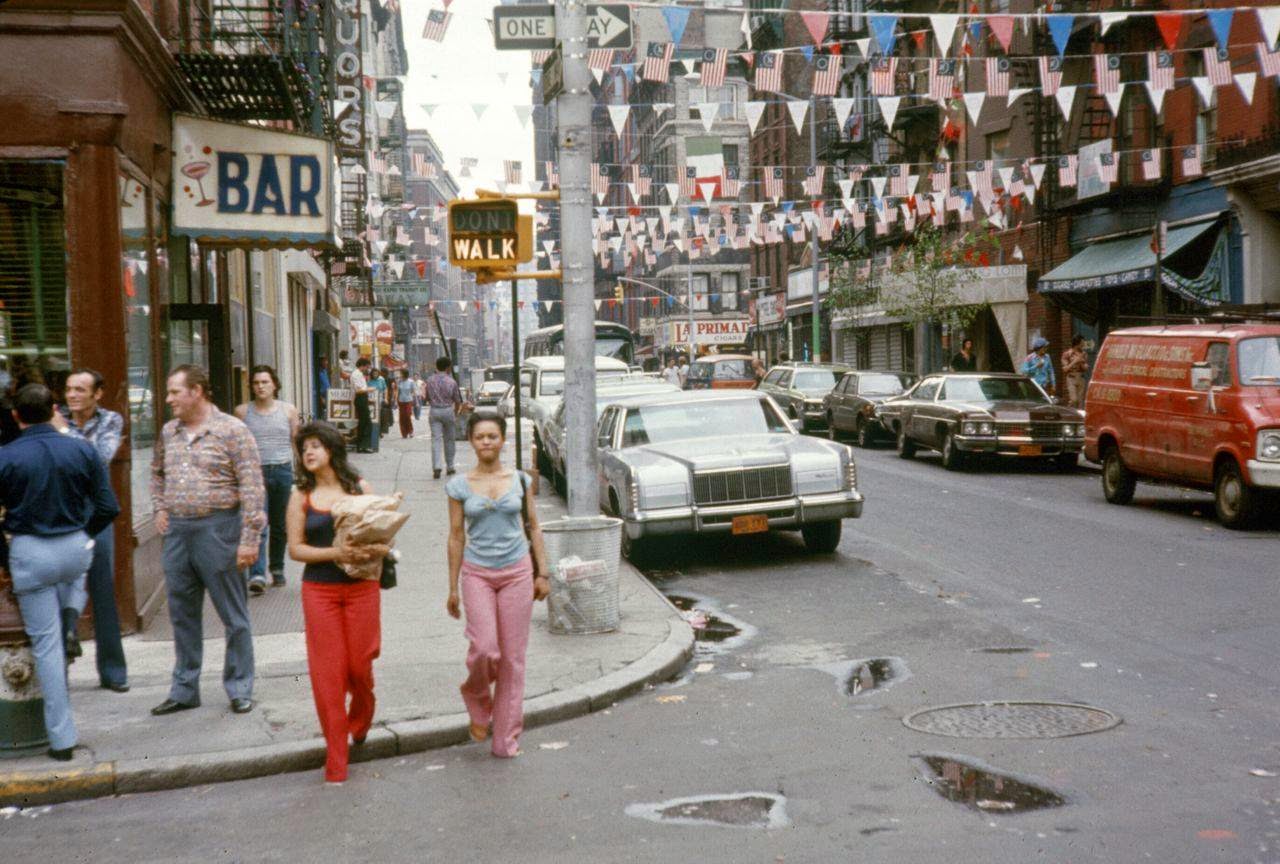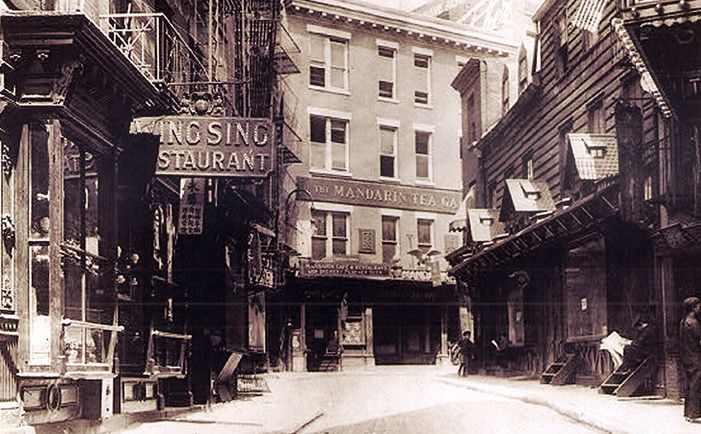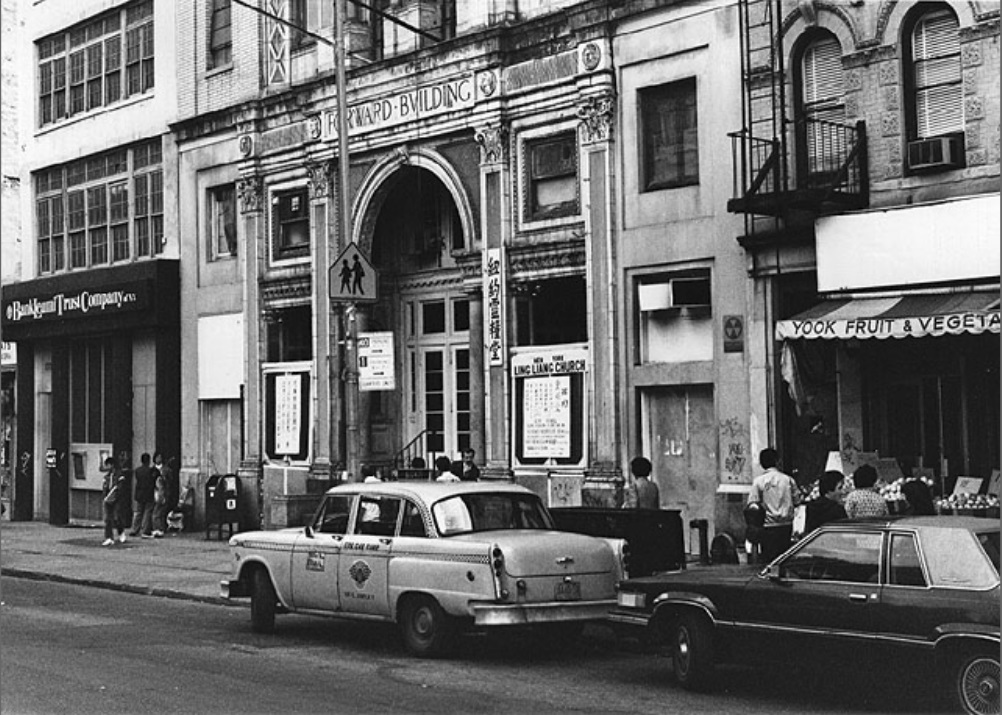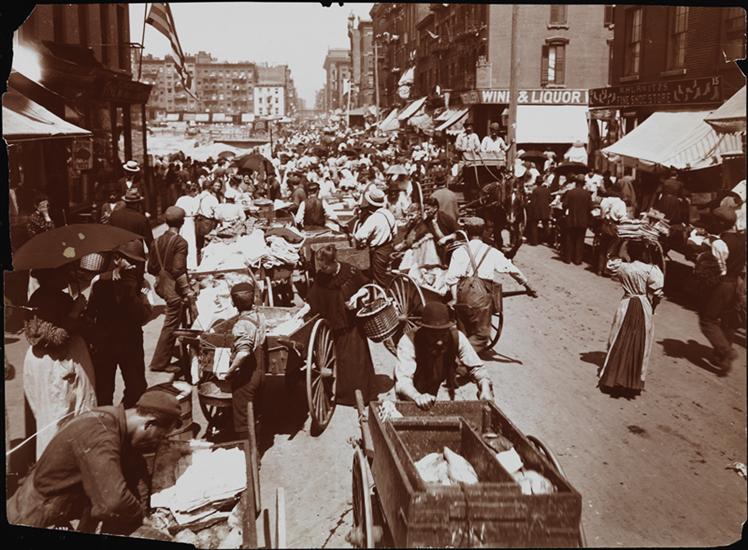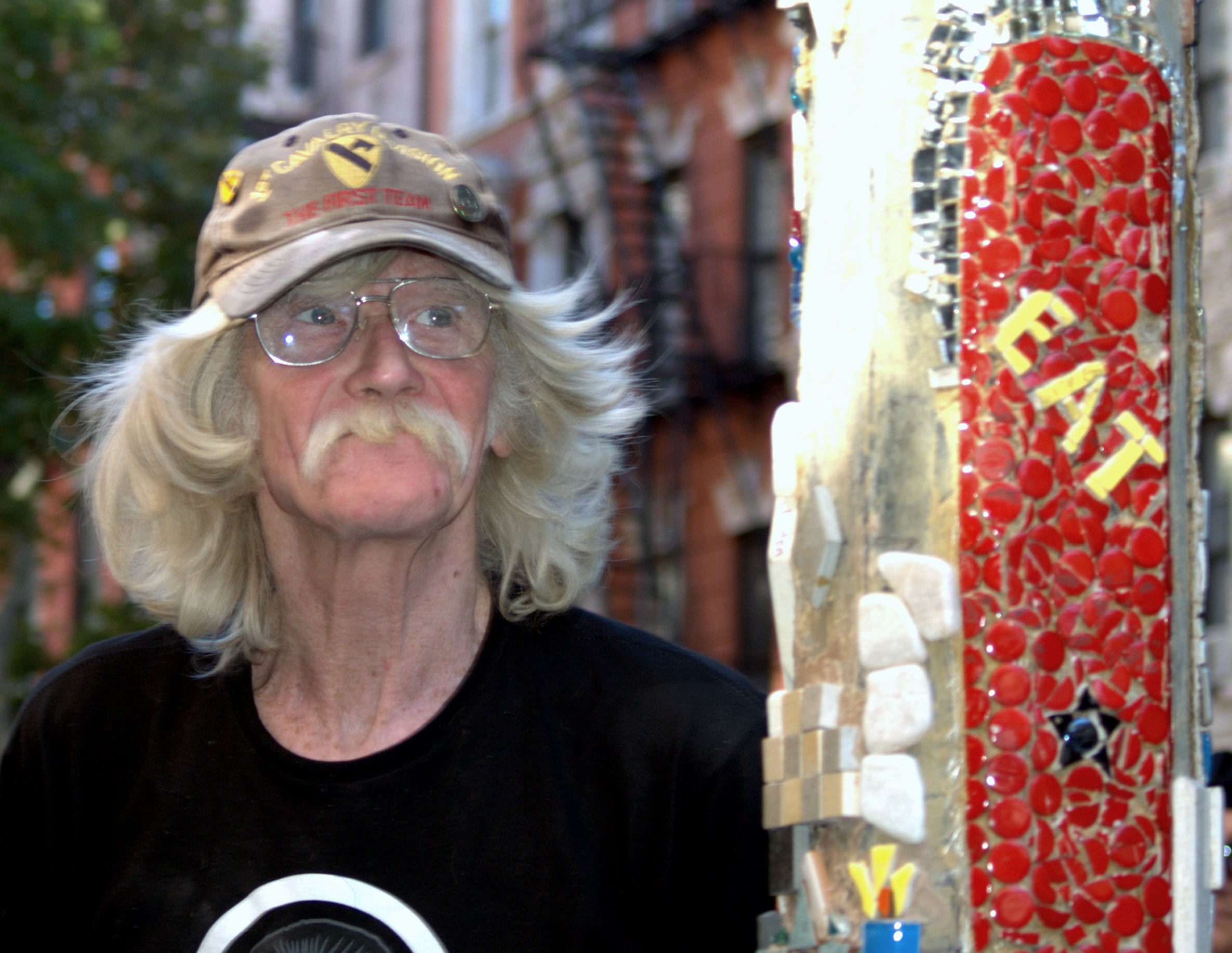Hey Putz, This is How Yiddish Became the Secret Language of American Culture
“A Language Without a Country” Comes to America Yiddish—a fusion of German, Hebrew, Aramaic, and Slavic languages—was born in medieval Central Europe. For centuries, it thrived in the shtetls (market towns) of Eastern Europe as the everyday tongue of Jews, carrying their jokes, prayers, and lullabies. But pogroms, poverty, and antisemitism drove millions to America, where they crowded into tenements on the Lower East Side. By 1910, over 350,000 Jews lived on...
What Was An Enslaved African’s Diet Like in New Amsterdam?
The Colonial Food System Enslavers, primarily the Dutch West India Company (WIC) and private colonists, provided minimal sustenance to enslaved laborers. Archival records from the 1660s outline weekly rations as “half a bushel of maize, four pounds of pork, and half a barrel of small beer” per person. These rations were neither consistent nor sufficient. Maize, often ground into coarse meal, formed the dietary staple, while salted pork supplied meager...
The Dark and Forgotten History of Italian Immigration I bet You Didn’t Know
I have been doing lectures, giving tours, and teaching classes at universities for over two decades, and to my disappointment, 90% of people I teach—including Italian Americans—never learned the true, dark history of how many our ancestors arrived to the United States. It is just not taught in schools, and somehow, History Channel and the like conveniently avoid the topic. When I ask Italian Americans what they think, most say...
Who planned, funded, and built the tenements of NYC?
Historical Context: Urbanization and the Demand for Housing The Lower East Side’s transformation into a dense immigrant enclave began in the early 19th century, driven by New York’s emergence as a global port. Completed in 1825, the Eerie Canal provided easy access to middle America, and NYC became the first stop. It is what made NYC different from any other port city on the East Coast, and turned it from...
The History of NYC Bodegas
Bodegas are instantly recognizable: hand-painted signage—often yellow with red lettering—and handwritten signs advertising Lotto or bottled water. The windows adorned with beer ads or images of sandwiches that look nothing like the real thing. The plump and friendly cat patrolling the narrow aisles. A classic bodega often features hand-painted murals, like symbols and scenes of the Caribbean or tributes to local residents who passed away. A bodega can never be...
Black, Puerto Rican, and Chinese Mutual Aid Movements of the Lower East Side
1. Black Mutual Aid on the Lower East Side (1800s–1970s) Long before the Great Migration brought Southern Black families to Harlem, free and fugitive Black New Yorkers carved out spaces of autonomy in in and around our neighborhood. By the 1830s, thousands of Black residents lived in the area. Here are a just a few solidarity movements. African Society for Mutual Relief (1808–1940s): Founded by abolitionist James McCune Smith (the first Black...
The Origins of Chinese New Year Celebrations in NYC
Ancient Origins The origins of Chinese New Year stretch back over 3,500 years to the Shang Dynasty (c. 1600–1046 BCE). While its exact beginnings are debated, historians link the festival to agrarian society’s reliance on lunar cycles for planting and harvesting. Ancient Chinese myths also imbue the holiday with symbolic meaning. One enduring legend speaks of Nian (年), a fearsome beast that terrorized villages each spring, devouring crops and people. Villagers discovered...
How NYC Pigeons Got a Bad Rap
How NYC pigeons went from revered companions to "rats with wings," their rich history, role in the city, and why they deserve a second look
Top 5 Myths About the American Mafia
Myth #1: There is no “Mafia” in America Well, technically, that is true. There is Italian-American organized crime, but there is only one true “Mafia” in the world, and that is in Sicily. While I’m nitpicking here, many people are unaware that the term “Mafia” is strictly a Sicilian word. Even in the Old Country, there are several high-powered criminal organizations, but only one “Mafia.” In Calabria, the crime syndicate...
The Rise and Fall of NYC’s Elevated Trains
The End of Elevated Trains in New York City: A Turning Point in Transit History Elevated railroads, or "els," once dominated Manhattan’s skyline, running along major avenues such as 2nd, 3rd, 6th, and 9th. By the 1930s, these iron giants were facing their twilight. Initially hailed as marvels of engineering when the first line opened in 1868, elevated trains became symbols of obsolescence and urban blight as the city grew...
The Evolution and Legacy of Lower East Side Pushcarts
In the bustling streets of early 20th-century New York City, pushcarts were more than just mobile marketplaces; they were lifelines for immigrants, hubs of entrepreneurial spirit, and sources of vibrant street culture. But the story of pushcarts in New York goes back even further. As early as the mid-19th century, German immigrants were among the first to embrace street vending as a means of survival. Many German vendors catered to...
A Comprehensive Guide to St. Marks Place
St. Marks Place has a rich and vibrant history, evolving from an elegant residential district in the early 19th century to a hub of counterculture and artistic expression in the 20th century. In the early 1800s, St. Marks Place was home to grand Federal and Greek Revival townhouses, attracting wealthy residents. However, by the mid-19th century, the area began to decline, with the influx of German immigrants transforming it into...
Who Were The Non-Jewish Immigrants of the Lower East Side?
The Diverse Immigrant Communities of the Lower East Side: A Look Beyond Jewish Populations Though the Lower East Side is often recognized for its Italian, Asian, Hispanic, Irish, and German communities, it is most famously associated with Jewish immigrants. However, this historic Manhattan neighborhood was also home to other important, yet often overlooked, immigrant groups, including Orthodox Ukrainians, Poles, Hungarians, Lithuanians, Albanians, Syrians, Lebanese, and Turks. These diverse communities enriched...
The Importance of NYC’s San Gennaro Feast: It’s More Than Sausage & Peppers!
Everybody loves the Feast of San Gennaro, but for different reasons. I've seen many newscasts this week claiming, "The food is the centerpiece of the festival!" Well, not for everyone. Traditional Italian Americans would say that the mass and procession are the true centerpiece. I'd wager that 90% of festival-goers aren't even aware of the importance of what is one of the last authentic cultural experiences left in New York...
No, Chinatown Did Not “Take Over” Little Italy
I see numerous comments a day on social media posts claiming "Chinatown took over Little Italy." These comments sadly show a deep misunderstanding of not only Italian-American history, but NYC history in general. (I'd like to think it is ignorance and not xenophobia.) Well, I would like to offer the following alternative narrative. Article takeaways: Chinese settled in the district about the same time, if not a little earlier than...
Inside Organized Crime in NYC’s Chinatown
Chinatown is a beautifully vibrant neighborhood cradled within the traditional boundaries of New York City's Lower East Side, filled with friendly restaurants, street vendors, and gift shops. The district has long been associated with a rich cultural heritage, delicious cuisine, and a bustling street life. However, beneath the surface, Chinatown -- like most ethnic neighborhoods -- has a rich history of organized crime, with various gangs and organizations vying for...
Revisiting “A Bintel Brief,” Immigrant Advice Column
Of course the Lower East Side of New York City holds a significant place in the history of Jewish immigration. This bustling neighborhood was a melting pot of cultures, languages, and traditions, with Yiddish serving as the prominent language. The stories and struggles of these immigrants were brought to life through the iconic advice column of the Yiddish newspaper Forverts, known as A Bintel Brief. The Rise of the Lower...
When NYC Mayor Fernando Wood Refused to Step Down: The 1857 Police Riot
Corruption is nothing new for NYC politics, and we've all lived through our fair share, but the story of Mayor Fernando Wood may be the most fantastical. Wood's refusal to step down from office in 1857 led to one of the most bizarre episodes in NYC's history - a full-blown police riot. As we dive into this fascinating chapter, we'll see how Wood's actions shook the very foundations of New...
1892 Hester Street Homicide
Business on Hester Street had concluded for the day of September 29, 1892. Just a few hours earlier, the thoroughfare, named after Hester Leisler, was rife with fruit stands, crowded garment shops and peddlers displaying their wares. Approaching 7:00pm, the Thursday temperature dipped slightly to a cool and fair 68 degrees as twilight was underway. Save for a few stragglers, the busy shopping district turned dormant. 139 Hester Street...
Jim Power and A Squat History
Jim Power and the history of squatters rights on the Lower East Side.
